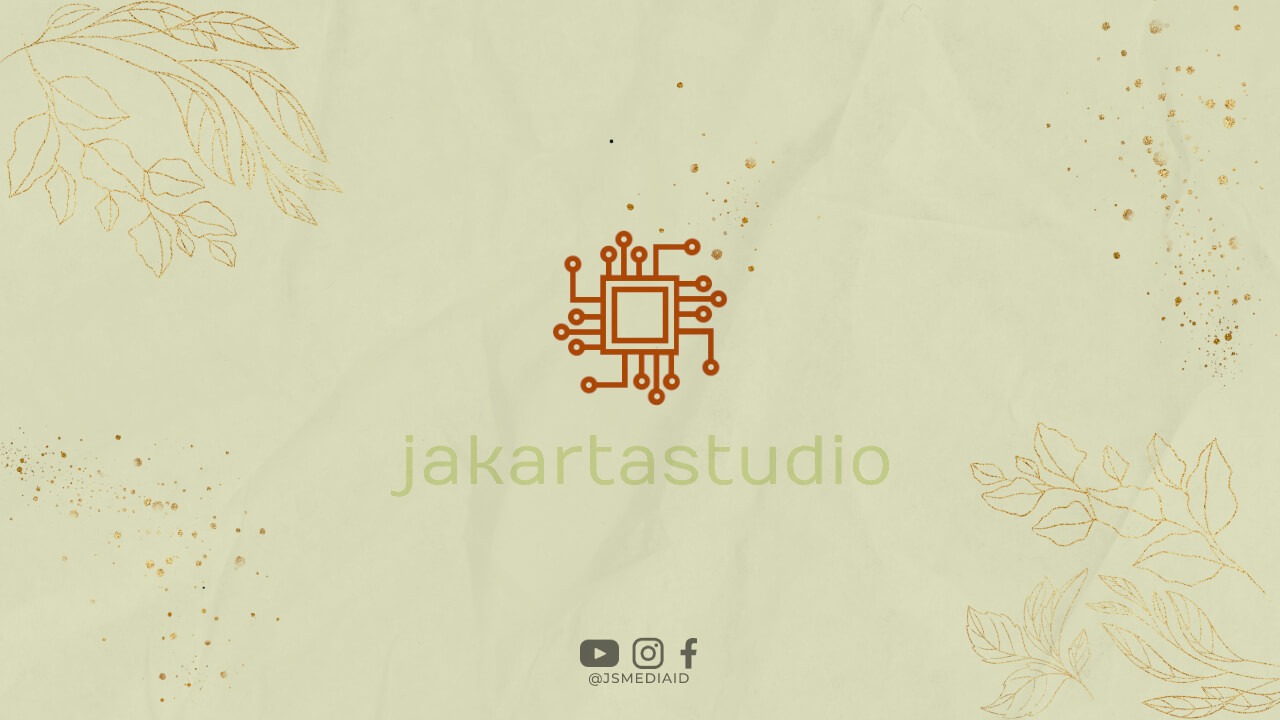Have you recently noticed a charge on your bank statement labeled “VIOC” and wondered what it means? You’re not alone! Many people find themselves confused by this unfamiliar abbreviation. In this article, we will shed light on the meaning of VIOC charge and provide you with all the information you need to understand it better.
Understanding VIOC Charge
VIOC stands for “Visa International Operating Regulations.” This charge typically appears on your bank statement when you make a purchase using your Visa credit or debit card. It is a fee imposed by Visa to cover the cost of processing transactions and maintaining the global payment network.
Visa, one of the world’s largest payment technology companies, connects millions of merchants and financial institutions worldwide. They facilitate secure and efficient electronic payments, enabling consumers to make purchases conveniently using their Visa cards.
When you use your Visa card to make a payment, whether online or at a physical store, the merchant incurs fees for processing that transaction. These fees are ultimately passed on to the cardholder, resulting in the VIOC charge on your bank statement.
Why Does VIOC Charge Vary?
The specific amount of the VIOC charge can vary from one transaction to another. It depends on various factors, such as the type of merchant, the location of the transaction, and the type of Visa card you have.
Merchants are classified into different categories based on the nature of their business. Each category has a different fee structure, which affects the VIOC charge. For instance, transactions with online retailers may incur higher fees compared to those made at a local grocery store.
Additionally, the country where the transaction takes place can also impact the VIOC charge. Different countries have varying regulations and fee structures, which can lead to differences in the final amount you see on your bank statement.
The type of Visa card you have can further influence the VIOC charge. Premium cards often come with additional benefits and rewards programs, resulting in higher fees that contribute to the VIOC charge.
How to Identify VIOC Charge on Your Bank Statement
While the abbreviation “VIOC” may not be immediately recognizable, you can easily identify the charge by looking for other related information on your bank statement. Typically, there will be details such as the merchant’s name, the transaction date, and the amount charged.
By cross-referencing this information with your recent purchases, you can easily match the VIOC charge with a specific transaction. This will help you understand what the charge was for and ensure its accuracy.
Conclusion
In conclusion, the VIOC charge on your bank statement refers to the Visa International Operating Regulations fee that is applied when you use your Visa card for a purchase. It covers the cost of transaction processing and maintaining the global payment network. The specific amount of the charge can vary based on factors like the type of merchant, the location of the transaction, and the type of Visa card you have. By understanding the VIOC charge, you can better manage your finances and ensure accurate billing.

